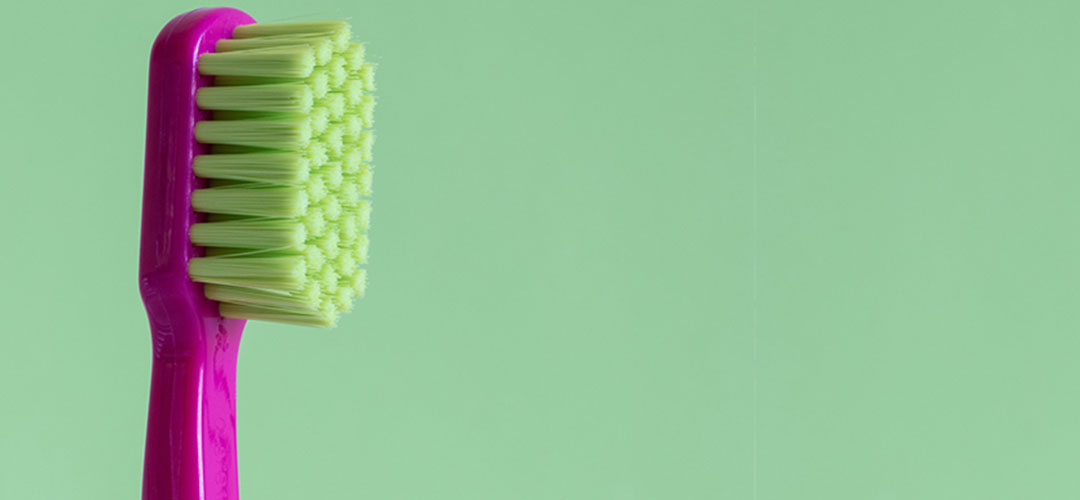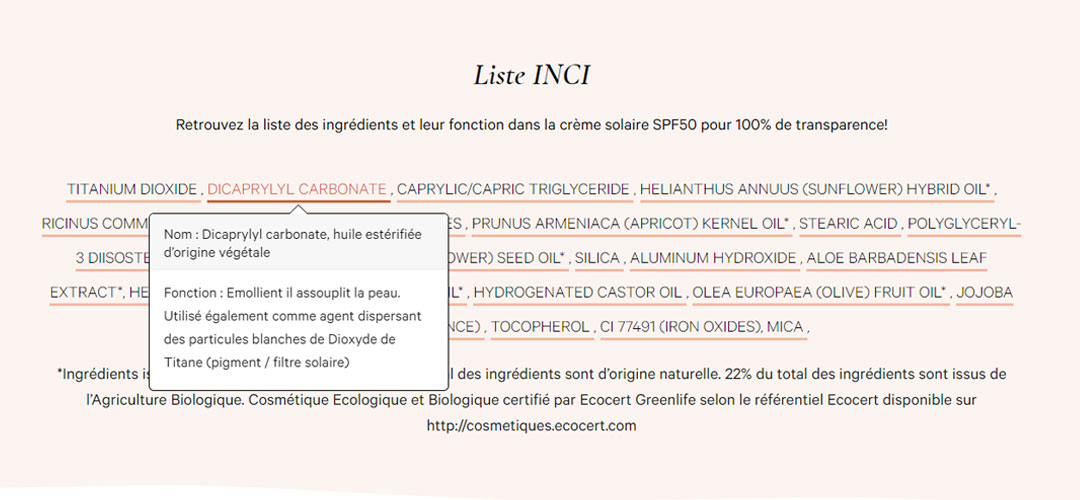Have you heard of green washing?

We help you to better understand and identify what may be behind a marketing slogan in organic cosmetics.
Today more than ever, consumers are on the lookout for sustainable, ecological and natural products. Many brands want in on this trend, even though the products they develop contradict the whole philosophy. So they use green washing to give themselves an “eco-friendly” image and entice consumers with their clever marketing rather than the true make-up of their products, their manufacturing processes and their values.
What is Green Washing?
Green washing is a marketing tool through which a company communicates with the public from an environmental standpoint. The aim of green washing is to give the company an eco-friendly image; however far it may be from the truth. This practice is misleading and may even be considered false advertising. Certain players on the cosmetics market saw an opportunity and took on a communication method that subtly misleads consumers.
In the cosmetics industry, "whitewashing" the composition of products is common.
How are you supposed to know what you're buying when you're not a biologist, a biochemist or a chemist? For us a cream is a cream, and if we're told that it's organic, why look any further?

How do you get by when you're not a biologist, biochemist or chemist?
We can't all be scientists, so it's difficult to recognise the exact origin and purpose of the ingredients in the cosmetics we use every day. The aim of this article is to help you better understand, and to be able to identify what can be implied and what can be hidden behind a (now commonplace) marketing slogan.
Signs that don't lie
Having confidence in a brand is one thing, being educated to understand the components used in its products and knowing the real truth of what they tell you about them is another. When you're looking at a cosmetic product, don't hesitate to be sceptical, be aware of certain terms widely used on the market, be curious, and inform yourself by doing your own research. Taking an active role in your own consumption is the first and best commitment you can make, for yourself and for the environment.
Simply making claims based on the absence of one or more families of ingredients, i.e. when you see "X-free", is not always synonymous with an ethical (depending on how you define the word) product, an ecological product, a healthier product or even an official certification by an independent body that's subject to strict, precise specifications that consumers can check online.
On the other hand, a cosmetic product officially certified by ECOCERT® for the COSMEBIO® label, for example, implies and guarantees the complete absence of the following ingredients:
- Sun filters from organic sources (= "chemical")
- Parabens
- Phenoxyethanol
- MIT (Methylisothiazolinone)
- Mineral oil and derivative
- Silicones and derivatives
- PEG (Polyethylene glycol), PPG (Polypropylene glycol) and other ethoxylates
- SLS (Sodium Laureth Sulfate) and other sulfates
- Synthetic fragrances
- Plant-based/from plant extract
- Organic
- Natural
- Naturally scented
- Non-toxic to oceans
A cosmetic can only claim to be "organic" in its name, without any further clarification, if its composition includes a minimum of 95% of ingredients derived from organic agriculture. In other words, there aren't actually many of these on the market, as water is often one of the main components, and water cannot be considered as an ingredient eligible for “organic” status. Oils and balms mainly containing butters, waxes and oils, possibly of vegetable origin, will be proportionately more capable of calling themselves organic. A cosmetic certified organic by ECOCERT® for the COSMEBIO® label will give a very clear definition of the implications of these points: at least 95% of the total ingredients of the formula must be of natural origin, 10% of the total ingredients of the formula must be organic, and 95% of the ingredients eligible for organic status must come from organic agriculture. In addition, organic ingredients are identified by an asterisk*, and the first two percentages required for the certification must be stated on the packaging.
If we take the example of sun protection products, another way to sidestep the issue would be to talk only about the presence of mineral solar filters in the formula, while failing to mention that they also include (chemical) filters 'from organic origin', which allow for easy application: chemical molecules improve the liquidity of cream and avoid the white marks that mineral filters may leave on the skin. There are many reasons why sun cream brands formulate their products with chemical filters, and one of them is the strong market demand for products that are very liquid, sprayable, and colourless on your skin. Meeting this consumer demand is also the reason why mineral filters have been found in some products in the form of nanoparticles, as these particles are so small that they reduce the likelihood of leaving white marks on the skin, much to the detriment of other aspects that are likely to be considered more essential.
How can I avoid it? EQ smart tips in the face of green washing
- The packaging, the manufacturing conditions and ethical communication with consumers. The approach is therefore comprehensive and is based on annual audits, validations and checks.
- Have a good look at the list of ingredients on the back of the product.
- Make use of the various websites available to you to find out how to better understand the meaning of certain ingredient names that are required to be declared on a company's INCI (International Nomenclature of Cosmetic Ingredients) form.
- The longer the list, the more incomprehensible the names of the components will be, and the more reason you have to be suspicious in the first place, even if your research reassures you in the end.
- As a precaution, the presence of silicones, glycols, organic (chemical) filters, artificial colouring, etc. should ring alarm bells for the possible use of green washing tactics.
Become an alert consumer and learn about the main components to avoid in cosmetics.
Examples of chemical sun filters include:
- Ethylhexyl Methoxycinnamate (or Octinoxate)
- Octocrylene
- Bis-ethylhexyloxyphenol Methoxyphenyl Triazine
- Butyl Methoxydibenzoylmethane (or Avobenzone)
- Ethylhexyl Triazone
- Methylbenzylidene Camphor
- Homosalate
- Oxybenzone
- Ethylhexyl Salicylate (or Octisalate)
- Terephtalydene Dicamphor Sulfonic Acid
Chez EQ, nous avons décidé d'être complètement transparent sur notre liste d'ingrédients. Pour les curieux, nous vous invitons à les découvrir sur nos fiches produits en ballandant votre souris sur la liste INCI. Notre responsable développement a décortiqué pour vous chacun des ingrédients que l'on utilise pour que vous ayez accès à leur nom commun et à leur fonction dans la formule.

TOGETHER, LET'S FIGHT AGAINST GREENWASHING, FOR OURSELVES AND FOR OUR PLANET.
“It’s Not Easy Being Green, easier to listen good music"
#LIVELOVECARE






